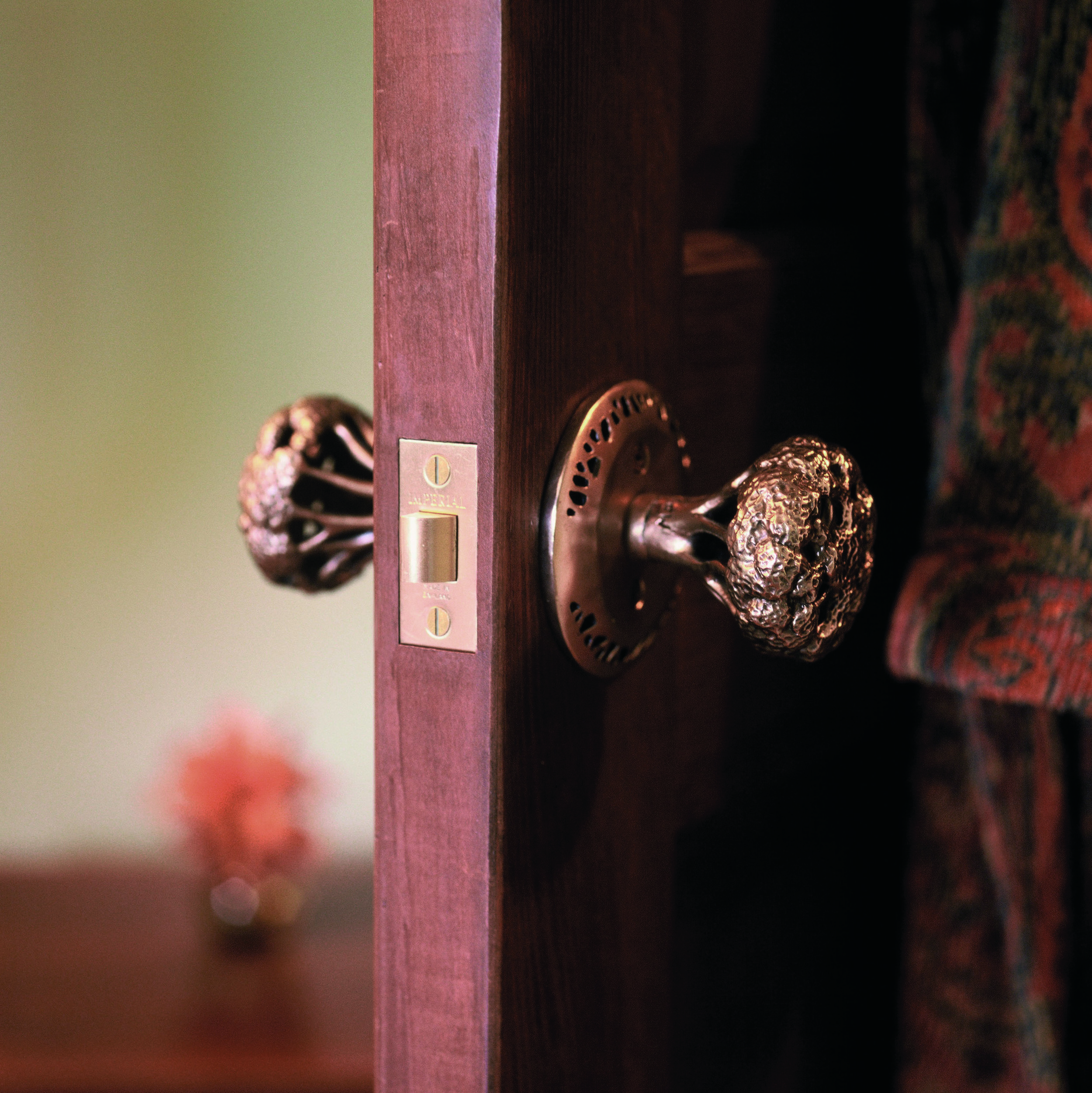Orchid Cabinet Pulls custom variations
Our kitchen is home to a couple of orchid plants and the beautiful yellow Phalaenopsis is currently blooming. Like many, we find ourselves in awe at the incredible beauty and variety of this amazing family of plants and love to see them in their natural setting as was the case when we hiked in the mountains above Hanalei Bay during our trip to Kauai in September 2016.
This wonderful orchid was the model for both the spray orchid pull as well as the single orchid knob. Coincidentally we are being commissioned to adapt the spray so that it can be used with a more pronounced direction to act as a left or right pull and so that it can also be used vertically as a door pull.
While we may later decide to make 2 new patterns so that 2 permanent molds can be made for future castings, at this point we have decided to adapt each wax and will make the requisite number of left and right facing pieces and vertical pieces that will be then shelled and invested with bronze. The final pieces will be nickel plated to compliment the décor of the kitchen.
The flower section of the spray was designed to face upward making the pull horizontal and perfect for use as a drawer pull. Drawers unlike doors are not typically thought of in terms of their handing but we decided for this custom order to make a new pull that was the mirror image of the original which would result in a new right facing pull. The “handing” of the pull in this case is an aesthetic decision based on the direction of the stem and it’s buds and what appears most natural. In the image below we have marked the direction and handing for all 4 pieces.




